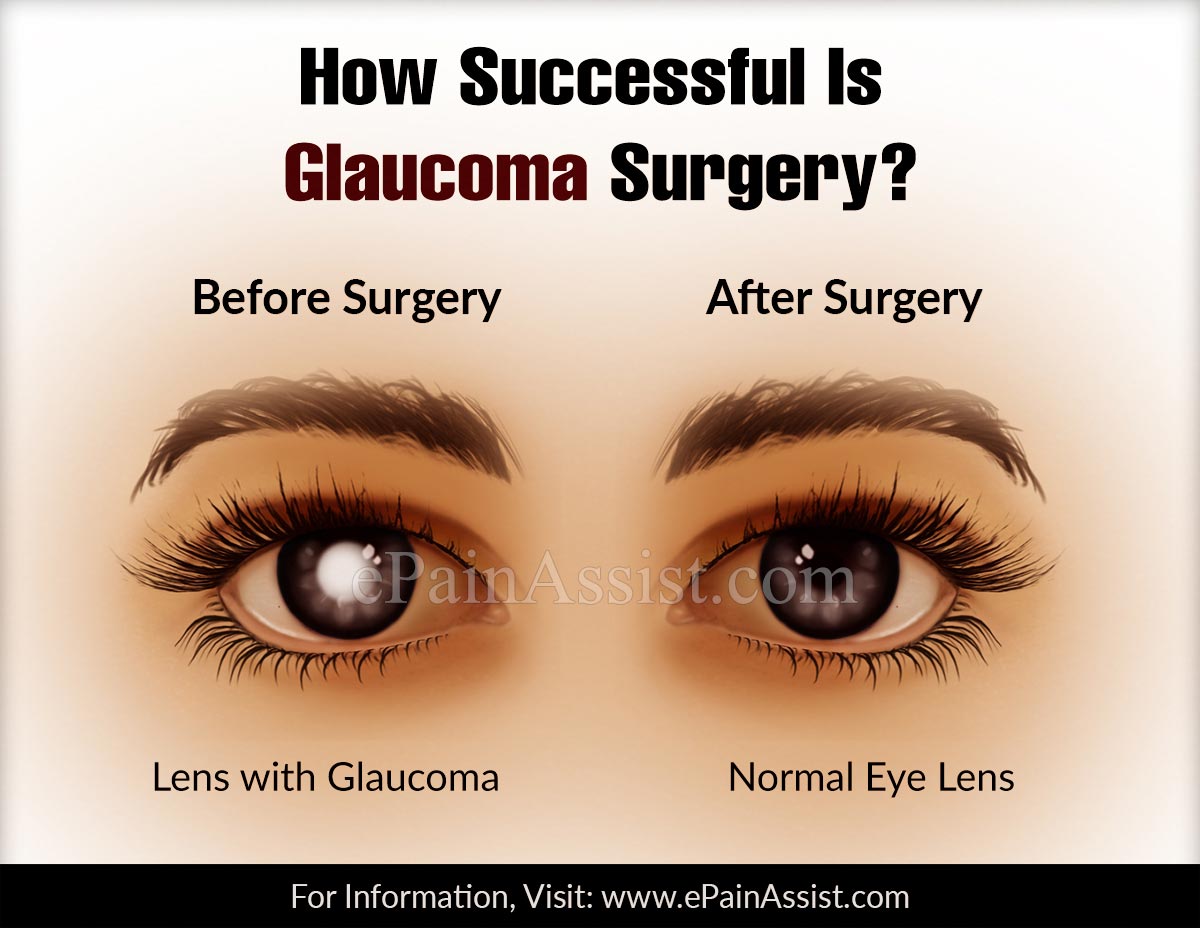This article on Epainassist.com has been reviewed by a medical professional , as well as checked for fact , to assure the readers the well possible truth .
We come a strict editorial insurance and we have a zero - margin insurance policy regarding any point of plagiarisation . Our article are resourced from reputable online pages . This article may contains scientific references . The numbers in the parenthesis ( 1 , 2 , 3 ) are clickable links to peer - review scientific papers .
The feedback radio link “ Was this Article Helpful ” on this Sir Frederick Handley Page can be used to describe depicted object that is not accurate , up - to - date or questionable in any manner .

This clause does not allow aesculapian advice .
Glaucoma is a chronic eye condition that causes gradual visual sense expiration due to irreversible damage of optic face , which is due to increase intraocular pressure . Glaucoma if not treated will continue to damage optic nerve fiber , which conduct images to the brain , and will direct to loss of vision stimulate permanent blindness . The treatment of glaucoma ; be it optic drops , laser or incisional operating theater aim at lowering intraocular pressure level to prevent / slow optic nerve damage .
loosely , the first business line of treatment for glaucoma is medicinal drug follow by laser and other operative procedures if glaucoma is not controlled with conservative discussion . Surgery involves laser or incisional surgery and usually laser surgery is recommend prior to incisional surgical process as optical maser is less invading . In laser , a focused wakeful beam is used to release intraocular air pressure by deal trabecular meshwork . Various optical maser surgeries used to care for glaucoma are selective optical maser trabeculoplasty ( SLT ) , argon optical maser trabeculoplasty ( ALT ) , laser peripheral iridotomy ( LPI ) and laser cyclophotocoagulation .
In incisional surgery ( filtering OR ) , an hokey drainage hole is created in sclerotic coat with procedures such as trabeculectomy or sclerostomy to release intraocular pressure . Aqueous shunt devices , which are used as contrived drain gadget are also becoming pop at reduce intraocular insistence . The example of shunts used are Ahmed shunt ( valved ) or Baerveldt shunts ( non - valved ) . There are also newer procedures known as minimally invasive glaucoma surgical process ( MIGS ) that hold promise at treat glaucoma . A few case of MIGS gadget are Trabectome , iStent and CyPass Micro - Stent .
Trabeculectomy is the most popular incisional operative procedure for the discussion of glaucoma . Trabeculectomy necessitate fond remotion of trabeculate meshwork ( the choked drainage scheme ) with the supporter of incisions to eject the intraocular pressure ( IOP ) . Hence , a new drain footpath for aqueous humor is created and this unstable collects under the upper conjunctiva in a bleb . The fluid enters rake circulation through capillary meshwork , thus lowering the intraocular pressure .
Trabeculectomy is perform when other treatment options such as medications , middle drops or laser surgical procedure are not effective at lowering the intraocular insistence and preventing vision loss . The surgery aims at diminish intraocular air pressure in open slant glaucoma by open trabecular meshing . In shut angle glaucoma , the intraocular pressure is cut by creation of small holes in the iris . In patient with stark ocular deterioration , the intraocular pressure level is reduced by the removal of ciliate bodies that are responsible for for the yield of sedimentary humor , thus decreasing runny production .
How Successful Is Glaucoma Surgery?
Incisional surgery has shown an incredible success charge per unit and unremarkably 50 % percent patient do not command extra medications post - surgery . Studies have shown that the winner rate for incisional surgical operation is about 70 to 90 % for a year after the surgery . The success rate for incisional surgery highly depends on patient cistron such as age of the patient , leg of the disease / amount of damage to the optic nerve and eccentric of glaucoma ; and also depends on the surgical technique used .
The success charge per unit and natural selection charge per unit of trabeculectomy decrease with time as the unreal hollow created at the time of surgery begin to conclude / heal thus increase intraocular pressure all over again . The healing is rapid in untried individuals due to their stronger wound healing organisation as compared to older individual . In such cases , anti - wound healing drugs or antimetabolite are used to slow down the healing process in the combat injury . The antimetabolite drug that are commonly used are Mutamycin - C and 5 - Fluorouracil ( 5 - FU ) , which have successfully increased the success pace and survival rate of these surgeries . The 5 - twelvemonth succeeder pace of trabeculectomy with antimetabolite is around 49 % and is only 26 % without antimetabolites .
In most instances , glaucoma surgery is effective , but there may be sure complications , such as infection , wound leak or hemorrhage that might affect the success rate of glaucoma surgery . Therefore , surgery is attempted in those sheath who do not reply to conservative discussion . Other potential side effects of surgery include loss of vision , sensitiveness to clear , long - full term ignition / irritation of the oculus , low oculus force per unit area , scarring , cataractand / or need for more operating theatre .
reference book :
Also Read :